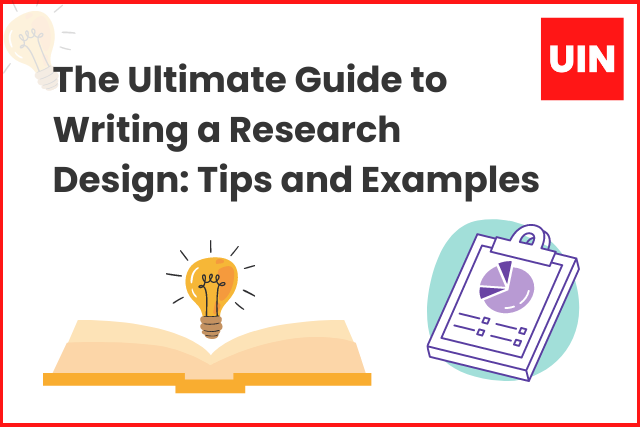Introduction
Welcome to our comprehensive guide on Educational Learning Theories. In this guide, we will discuss everything you need to know about educational learning theories, including the history, main types, and practical applications. By the end of this guide, you will have a clear understanding of the different learning theories and how they can be applied in educational settings.
Table of Contents
- Introduction
- History of Educational Learning Theories
- Main Types of Educational Learning Theories
- Practical Applications of Educational Learning Theories:
- Conclusion
- Frequently Asked Questions
History of Educational Learning Theories
The concept of educational learning theories has been around for centuries. In ancient Greece, Socrates, Plato, and Aristotle developed philosophical ideas that focused on the importance of education and how people learn. Fast forward to the 20th century, and we see the emergence of scientific-based learning theories, which are still widely used today.
Main Types of Educational Learning Theories
1- Behaviorism:
Behaviorism is a learning theory that focuses on observable behaviors and the concept of reinforcement. This theory suggests that individuals learn new behaviors through conditioning, which can be either positive or negative. For instance, a teacher can reinforce good behavior by giving praise or rewards, while bad behavior can be punished.
2- Cognitivism:
Cognitivism is a learning theory that emphasizes the role of mental processes in learning. This theory suggests that individuals actively process and organize information in their minds, which helps them make sense of new information. In educational settings, this theory can be applied by providing students with opportunities to practice critical thinking and problem-solving skills.
3- Constructivism:
Constructivism is a learning theory that suggests that individuals construct their own understanding of the world by using their prior knowledge and experiences. This theory emphasizes the importance of hands-on learning and problem-based activities in educational settings. For example, a science teacher can use experiments and projects to help students understand complex concepts.
4- Humanism:
Humanism is a learning theory that focuses on the importance of individuality and personal growth. This theory suggests that individuals have the ability to make choices and take responsibility for their own learning. In educational settings, this theory can be applied by providing students with opportunities for self-reflection and self-directed learning.
Practical Applications of Educational Learning Theories:
1- Classroom Management:
Educational learning theories can be applied in classroom management by providing teachers with strategies for reinforcing positive behaviors, creating a positive learning environment, and promoting student engagement. For instance, a teacher can use behaviorism to reinforce good behavior, while constructivism can be used to provide hands-on learning experiences.
2- Curriculum Development:
Educational learning theories can also be applied in curriculum development by providing teachers with guidelines for creating effective lesson plans that align with the different learning theories. For example, a teacher can use cognitivism to develop lessons that focus on critical thinking and problem-solving skills.
3- Assessment and Evaluation:
Educational learning theories can be used to develop effective assessment and evaluation methods that measure student learning outcomes. For instance, a teacher can use constructivism to design assessments that require students to apply their knowledge in real-world scenarios.
Conclusion
In conclusion, educational learning theories play a critical role in shaping the way we teach and learn. By understanding the different learning theories and their practical applications, educators can create effective learning environments that promote student engagement and achievement. We hope that this guide has provided you with valuable insights into the world of educational learning theories.
Frequently Asked Questions
What is the purpose of the guide on Educational Learning Theories?
The guide on Educational Learning Theories aims to provide a comprehensive understanding of different learning theories and their practical applications in educational settings.
How many main types of Educational Learning Theories are discussed in the guide?
The guide discusses four main types of Educational Learning Theories: Behaviorism, Cognitivism, Constructivism, and Humanism.
What is the difference between Behaviorism and Cognitivism?
Behaviorism focuses on observable behaviors and the concept of reinforcement, while Cognitivism emphasizes the role of mental processes in learning.
How can Constructivism be applied in educational settings?
Constructivism can be applied in educational settings by emphasizing the importance of hands-on learning and problem-based activities, where students construct their own understanding of the world by using their prior knowledge and experiences.
What is the practical application of Educational Learning Theories in Curriculum Development?
The practical application of Educational Learning Theories in Curriculum Development is by providing teachers with guidelines for creating effective lesson plans that align with the different learning theories, such as using Cognitivism to develop lessons that focus on critical thinking and problem-solving skills.


Thanks for another informative web site. Where else may just I am
getting that ttype of information written in sufh an ideal means?
I have a challenge that I am jus now running on, annd I’ve been at the
glance out for such information. https://Ukrain-Forum.Biz.ua/
Thanks for another informative web site. Where else
may just I am getting that type of information written in such an ideal means?
I have a challenge that I am just now running on, and I’ve beeen at the glance out for
such information. https://Ukrain-Forum.Biz.ua/